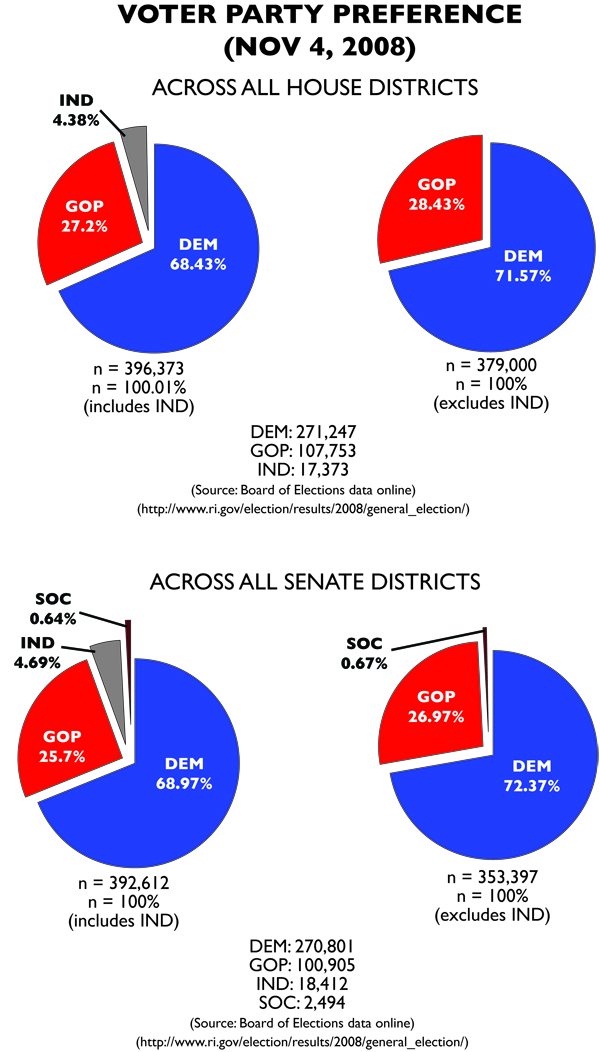
The 2008 election promised more bad news for the Republicans. Their nominee for President, US Sen. John McCain of Arizona, wasn’t particularly well-liked by his party’s base. While attempting to shed his “maverick” image (while at the same time attempting to play it up), McCain stumbled badly by adding half-term Gov. Sarah Palin to the ticket. Palin quickly became more popular than McCain, while at the same time becoming an anathema to moderates and liberals; ostensibly McCain’s strength lay in the idea he could appeal across the political spectrum.
In the face of this, Sen. Barack Obama was a stark contrast. His election would make a historic first of America’s first non-white president. Furthermore, he was intelligent, and a stirring orator. Obama was also the beneficiary of a large number of young voters, while he’d proven in his nomination fight he could defeat establishment political figures like Hillary Clinton. On top of NGP VAN, Obama was also establishing a new set of tools to improve campaigning, building a technological infrastructure that would serve to advantage the Democrats.
Finally, on top of all this, in September of 2008, the United States and the world suffered the worst economic catastrophe since the Great Depression. Americans have turned to the Democratic Party in times of economic peril since the Great Depression, and this year was to be no different.
However, Rhode Island’s General Assembly results were not as triumphant for the Democrats as one would expect in a presidential year favoring Democrats. Democrats actually lost 4 seats in the Senate and merely gained one in the House. Among the seats lost in the Senate was Senate President Montalbano’s, which was won by a political independent, Edward O’Neill.
O’Neill’s victory forced the General Assembly to exercise its overhang rules, meaning that one Democrat would become an extra seat. The Senate would now have 77 seats.
Though the results left the Democrats with a supermajority, Republicans were keen to portray it as a victory. In the face of stunning pressure, they’d managed gains.
Implications
2008 worked as a year of gains for the Democrats, who managed to continue an increase in turnout. While it didn’t match the upswing in votes for Republican candidates, it was enough to allow the Democrats to make a gain of seven seats in the House and take a Senate seat from Republicans while losing Montalbano’s. The MMP election shows why that seems out of sync with how we’d expect the results to shake out.
Something noteworthy in the 2008 election is that Republican Senator Francis Maher faced a Socialist Party candidate. That Socialist won nearly 2500 votes in a district that Democrats normally failed to even mount a challenger in.

This is Part 7 of the MMP RI series, which posits what Rhode Island’s political landscape would look like if we had switched to a mixed-member proportional representation (MMP) system in 2002. Part 6 (the Election of 2006) is available here. Part 8 is a look at the Election of 2010.
